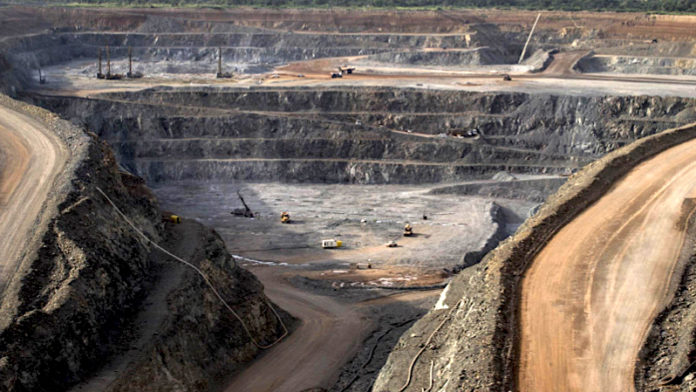
RESOLUTE Mining said gold production had so far been unaffected by the COVID-19 pandemic with no reported cases of the virus among employees at its Mali and Senegalese operations.
John Welborn, MD and CEO of the company, said the company’s supply chain had also not been disturbed by the virus, but he acknowledged “…challenges presented by COVID-19 continue to change on a daily basis”.
“Further operational changes will be made where necessary in response to the global pandemic. We will remain Resolute in keeping our people safe, and wherever possible keeping our mills running to produce gold,” he said.
B2Gold, a Toronto-listed firm, said its flagship Fekola mine in Mali “… continues to operate without impediments to mining” and that it expected the mine to meet or exceed its budgeted gold production for the first quarter of the 2020 financial year.
“All supply lines remain open and the site continues to receive supplies critical to operating at full capacity,” the company said in an announcement earlier this week.
The original Fekola feasibility study estimated annual production averaging 276,000 ounces over a 12.5 year life-of-mine but the group’s 2020 production guidance is now looking at output of between 590,000 oz and 620,000boz at all-in sustaining costs (AISC) of between $555/oz and $595/oz following a decision to expand the mine.
Fekola is expected to produce an average of 400,000oz of gold annually over a 12-year lifespan with production during the first five years averaging 550,000 oz annually.
Said Hummingbird Resources, a UK-listed firm that mines the Yanfolila mine in Mali: “To date Hummingbird has experienced no adverse impact on its production from COVID-19 and expects first quarter production to be in line with expectations based on annual guidance”.
Hummingbird Resources has targeted average gold production of 120,000 ounces a year for the next three years from its Yanfolila. Production for this year has been guided to 125,000 oz which compares to 2019’s output of 115,649 oz.











